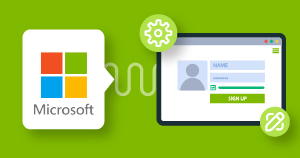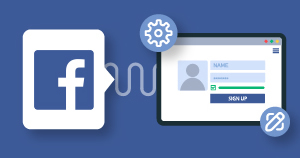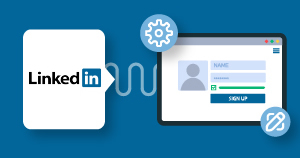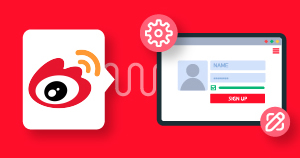The Advertising Arena – 2nd March 2016
Today we’ll be focusing on Google’s new SERP layout and what this means for digital advertisers.
On Friday the 19th of February, Google announced that it was changing the way it displays adverts on its search engine results pages.
Adverts will no longer be shown on the right hand side of the search results.
Up to four adverts will now show on the top of the search results, up from 3 previously, for “highly commercial queries”.
And three adverts will show at the bottom of the search results page.
Earlier I spoke to Daniel Kibitlewski, PPC Team Leader here at Webcertain to ask him what the impact of the change will be for businesses running PPC campaigns on Google.
“It looks like this is another Google strategy to extract more revenue from top ads and we are wondering how it will affect the first positions in terms of relevant and high traffic keywords, as it looks like the CPC will go higher, but on the other hand we have one more space to advertise at the top which it’s stolen from the organic results.
The additional PPC spot is supposed to be for premium terms only (for now). These terms are highly expensive per click, so it’s up to the vendor to decide whether the top spot is worth it, or whether it would be an interesting bidding war to lose and then to look for the organic spot above the fold.”
And what can marketers do to minimise the impact, and indeed capitalise on this change?
“Someone asked me the other day, how come Google is free? Many users don’t understand the differences between paid and organic traffic. Before it was clearer by having the side ads, now with this step it tends to blur the line for typical non-technical users, so it’s going to be harder for them to distinguish between ads and organic results.
But ultimately changes like this have to be beneficial to the search experience, otherwise Google ends up chasing short-term revenue instead of long-term market share. So we’ll keep optimising our campaigns aiming the top three.”
I also spoke to Mario Herrera, PPC Specialist to find out if this is a global change, or if it only affects certain markets.
“This is a global change indeed and affects all the markets, especially ecommerce businesses, as Google will only display PLSAs on the right hand side, making it clearer for the users who want to look for a specific product and find the product straight away.
It doesn’t affect that much for mobile devices, as previously there weren’t side ads for mobile, but it gives to this devices a new fourth position. So in a way, the search experience is getting more modern as is going to balance the search experience between mobile and desktop results.
Local businesses will benefit from this as well, as now all ads can use call-out extensions, sitelink extensions, location extensions, etc., which were previously only a benefit of top-of-page ads. And the ads appear ‘more native’ which may have additional benefits.”
How this is going to affect to the user experience?
“This is not going to be last Google’s change or update so we are getting use to changes in the game, but the point of view of the users, in the end, the statistics tell us that the total click volume for side ads was about 14%, so now with having up to 4 above organic results and up to 4 below, it looks like we are just re-organizing the naming of ad-positions.
The only scenario we are afraid of is that users are going to get bored of many ads on top of the page and Product listings for commercial queries, so they will skip all the ads and go not even for first page organic results but to the second page.
At the moment we only can wait and see how the psychology of the users will work.”
I hope this has helped to explain what these changes mean and how you can take action to make sure that your Google PPC campaigns won’t be negatively affected.
Mona Ault
Latest posts by Mona Ault (see all)
- 3 tips for international conversion rate optimisation - September 23, 2020
- 3 things that will boost your Baidu PPC efforts - December 14, 2017
- The Advertising Arena: Explaining The Impact Of Google’s New SERP Layout - March 2, 2016





